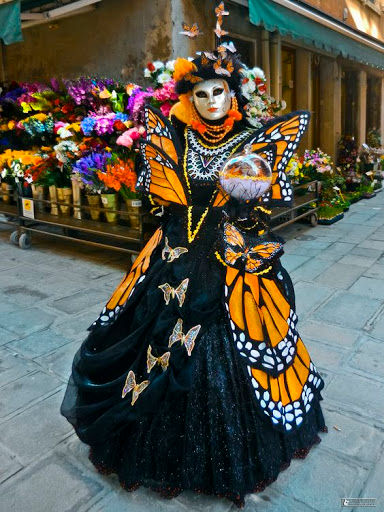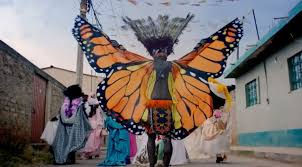
The Monarch Butterfly brings to mind images of cars, North America, and a very special Holiday.
Every year starting in May they arrive in Wisconsin to do what others before them have done, bring in the next generation. There are four generations per year and each generation has four stages in their life cycles.
They are a milkweed butterfly and have earned the name "King of the Butterlies". They are poisonous to birds who try to eat them, and their scientific name is "Danaus Plexippus".
The first stage- Eggs. A female Monarch will lay her eggs on the underside of a milkweed plant. Eggs take about 5 days to hatch.

Second Stage- Larvae. This is a critical time period for a future butterfly. The Monarch Caterpillar will eat nonstop on milkweed for the next 14 days in preparation for the next stage.


Third Stage- Pupa. Once a Monarch Caterpillar has reached it's full growth, it will find a safe place or the top of the enclosure to transform into a Chrysilis. They make a "J" and start to shake and wiggle around after making a secure silk button. This is the caterpillar shedding it's skin. It will look like a green blob and over the next several hours harden into a beautiful green Chrysilis.

Fourth Stage- Butterfly. About 10 days later the Chrysilis will turn almost black. You will be able to make out distinguishing features of the wings if you look closely. Monarchs will hatch in the early morning hours. It will take about 4 hours for the wings to fully dry, get blood flow, and expand. The butterfly is then ready to be released or will fly away if out in nature.

(Female Monarch)

(Male Monarch)
Unfortunately Monarch Butterflies are endangered due to loss of habitat, pesticides, & natural predators such as Tachid Flies.

(Female Monarchs exposed to pesticides from lawn treatments down the street from me during the Chrysilis stage. I had to cull them and about 15 others from that batch.)

The first generation of Monarchs come from May to June, the second generation, June to July, 3rd from July to August, and the 4th are here from September to October.
The fourth generation is very important not only environmentally but spiritually. Monarchs overwinter in Mexico and their arrival back is significant in Mexican Culture. It marks the beginning of Dias De Los Meurtos. It is believed that Monarch Butterflies carry the souls of departed loved ones.

Because of the fact that they are endangered, I find it highly rewarding to help do my part and raise these butterflies. When I release them I always hope they will find their way to an Ofrenda or cemetery and fulfill their purpose.
If you want to do this fun project here is a list of things you will need:
Jar or clear container with lid
Damp paper towel
Milkweed
Butterfly enclosure
Monarch Eggs/Caterpilliars

You will want to check milkweed daily for eggs.
Get your jar. Take a peice of paper towel and dampen it. Place the paper towel in the bottom of your jar. Take the milk weed leaf stem side down and place it in the jar and put the lid on the jar. These babies are teeny tiny Houdinis. Place fresh milkweed daily.
Once the cats are pretty visable you can move them to their enclosure. Clean up the frass daily (caterpillar poop) and give fresh milkweed.
Monarch cats can be prone to bacterial infections from the bacteria in their frass. I also reccomend rearing these guys indoors because of the risk from pesticides and paricites. It is a very sad thing when you must cull a butterfly.

But enough doom and gloom especially when talking about such a beautiful creature. If you do decide to help raise Monarch Butterflies, be sure to send us a picture! We will feauture it on our Facebook!
Commentaires